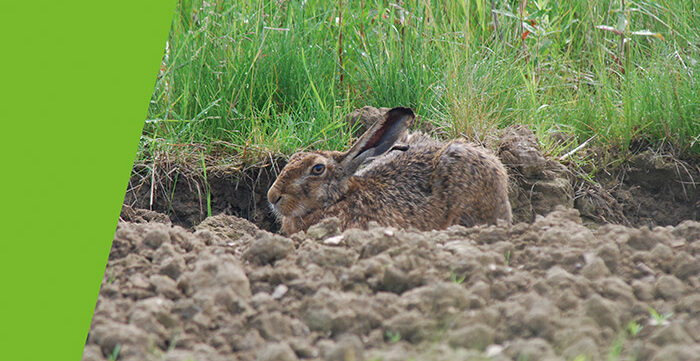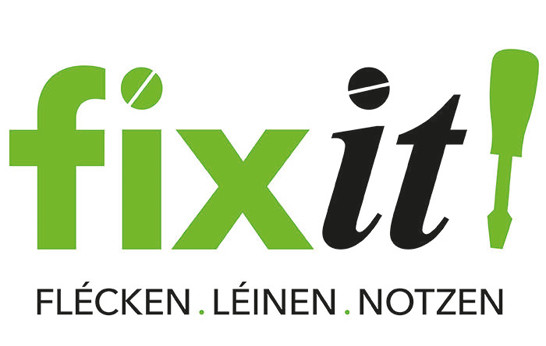
Good start for the ‘Aktioun Hues’ and surprising record numbers of hare populations in Germany
The Mouvement Ecologique and Oekozenter Pafendall launched their participatory campaign ‘Aktioun Hues’ shortly before Easter. You can find some initial feedback on how the campaign went here.
We had already received over 30 reports of the cute animal over the Easter period, and now 80 have been collected on iNaturalist. Some of them surprised even us, like the airport and street bunnies pictured here.
Just as surprising as the urban hare were the reports from the German Hunting Association, which made the headlines before Easter and at first glance raised eyebrows: apparently more hares were counted in Germany than ever before – so why are we drawing attention to the endangerment of hares in Luxembourg at the same time?
Of course, Germany is not Luxembourg – but in broad terms it is comparable in terms of agriculture, settlements and transport (although Luxembourg is even more fragmented).
It is true that the hare populations have been able to recover somewhat due to past warm and dry springs (climate change sends its regards) and are therefore more common. However, if the weather is cooler and, above all, wetter, more young hares die. In 2023, the highest hare density since these counts began in 2001 was recorded in Germany: 19 hares per square kilometre (1).
But even if the climatic conditions are somewhat more favourable for the hare, habitat loss has nevertheless taken place on a massive scale on both sides of the border: Hedges, old grass strips, field margins, fallow fields and herb-rich meadows and pastures have disappeared from our landscapes over the last 50 years, and with them numerous animals and plants. One of the losers of this landscape change is the grey partridge, which is virtually extinct in Luxembourg and has very similar habitat requirements to the hare. The change in land use responsible for this has taken place primarily as a result of land consolidation since the 1970s.
Large losses in various animal populations had therefore already taken place in Germany before 2001 (the start of the hare monitoring programme presented here). The German Wildlife Foundation emphasises that despite the recent positive development, the trend for brown hares in Germany over the last 50 years is still negative (2). The German Hunting Association also points out that the four per cent fallow area for certain farms, which was decided by the European Union as early as 2023, would have to be implemented in order to achieve a gain for biodiversity. The fact that these requirements are now being suspended due to pressure from farmers’ protests tends to lead to less habitat for hares, grey partridges and skylarks.
Of course, it is very encouraging to receive positive reports from nature! We also remain curious to see how many more observations will be reported as part of the ‘Aktioun Hues’ campaign.
Here, you can follow where hares are being reported as part of this participatory campaign: https://www.inaturalist.org/projects/aktioun-hues
We are still in favour of national, long-term scientific monitoring of hares in Luxembourg. This is the only way to make well-founded decisions on population regulation for all hunted game species.
Sources:
1 https://www.jagdverband.de/rekord-bei-feldhasenzaehlung
2 https://www.zdf.de/nachrichten/wissen/feldhasen-gefaehrdet-zaeh-lung-rekord-100.html
translated by deepl.com – free version
25.04.24











